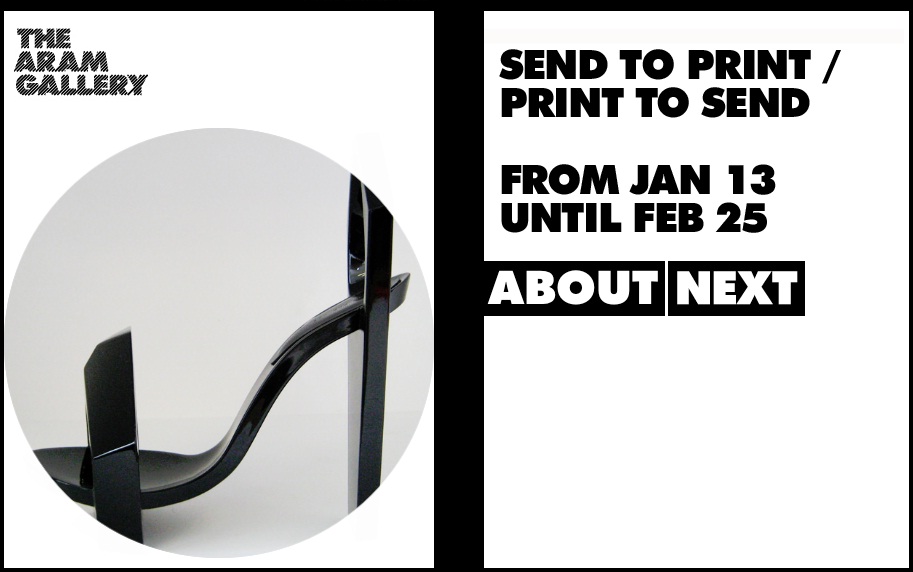In an exhibit at the Museum of Contemporary Art in Sydney, a series of automatically winding tape measures have left visitors immeasurably intrigued. And across the globe in London, a unique exhibition on 3D printing at the Aram Gallery looks at the impact of this technology on the design and artistic process of fields like architecture, manufacturing, and product design. Upon hearing of these exhibitions, we at Tech in the Arts began to dream a futile dream of summery Australia and chilly London before realizing that geographical restrictions are incredibly...restricting. As such, we propose a vicarious, online experience of these fascinating exhibitions.
http://vimeo.com/33709089
Recorders at the Museum of Contemporary Art (MCA) features the work of Canadian Mexican artist Rafael Lozano-Hemmer and consists of "a 'crowdsourced' show" where "the content is entirely collected from visitors, using technologies such as heart rate sensors, motion detectors, fingerprint scanners, microphones and face recognition software."
One of the installations is titled Tape Recorders, which is a series of motorized tape measures attached to a wall that respond to a visitor’s movement through the space. As a visitor walks by a particular tape measure, the tape begins to unfold vertically, the yellow scale slowly rising against the wall. If a person pauses in front of a particular tape measure, the tape slowly reaches its maximum length (3 meters), and falls to the floor, only to automatically wind itself moments later.
http://vimeo.com/34533540
The beauty of Tape Recorders lies in the installation’s ability to respond to people’s interaction with the various tape measures and to simultaneously make them aware of the duration of their interaction. An article in Humans Invent reported Lozano-Hemmer’s thoughts on the participatory nature of his work: “My pieces do not exist unless someone dedicates some time to them. Most people, with the exception of children, will opt to not participate in an installation in public space – which may seem strange considering that we live in the age of reality TV and the society of the spectacle.”
Another absolutely brilliant installation is titled Pulse Room, which is a room filled with one hundred incandescent bulbs that light up only when a visitor holds the heart rate sensor present in the space. Once activated, the closest light bulb begins to flash in rhythm with the visitor's heart beat, and once the visitor releases the sensor, the rhythm advances from one bulb to the next, creating a beautiful space that is pulsating with light. "At any given time, the installation shows the vital signs from the 100 most recent participants."
Meanwhile at the Aram Gallery in London, 3D printing takes center stage in the exhibition titled Send to Print/Print to Send. The exhibit “offers an impression of uses of 3D printing in the design industry today” and “shows work by designers and organizations who are developing the capabilities of this technology.”
But 3D printing isn't as novel as it sounds. An article in The Economist notes that 3D printing has been around for "more than a decade" and was originally used by engineers and designers to “make prototypes quickly and cheaply before they embark on the expensive business of tooling up a factory to produce the real thing.” What is novel is that, of late, this technology is being used by designers and manufacturers to create the end product itself. Rarely do manufacturing technologies surface in the artistic process and yet, 3D printing’s mass customization abilities have been utilized to create clocks, lampshades, dresses, even shoes!
So feel free to print yourself some shoes, clothes, and oh, a pair of tickets to Sydney via London, because these wonderful exhibitions attest to the ability of artists and designers to redeem objects and technologies from the banal utility of everyday life.

